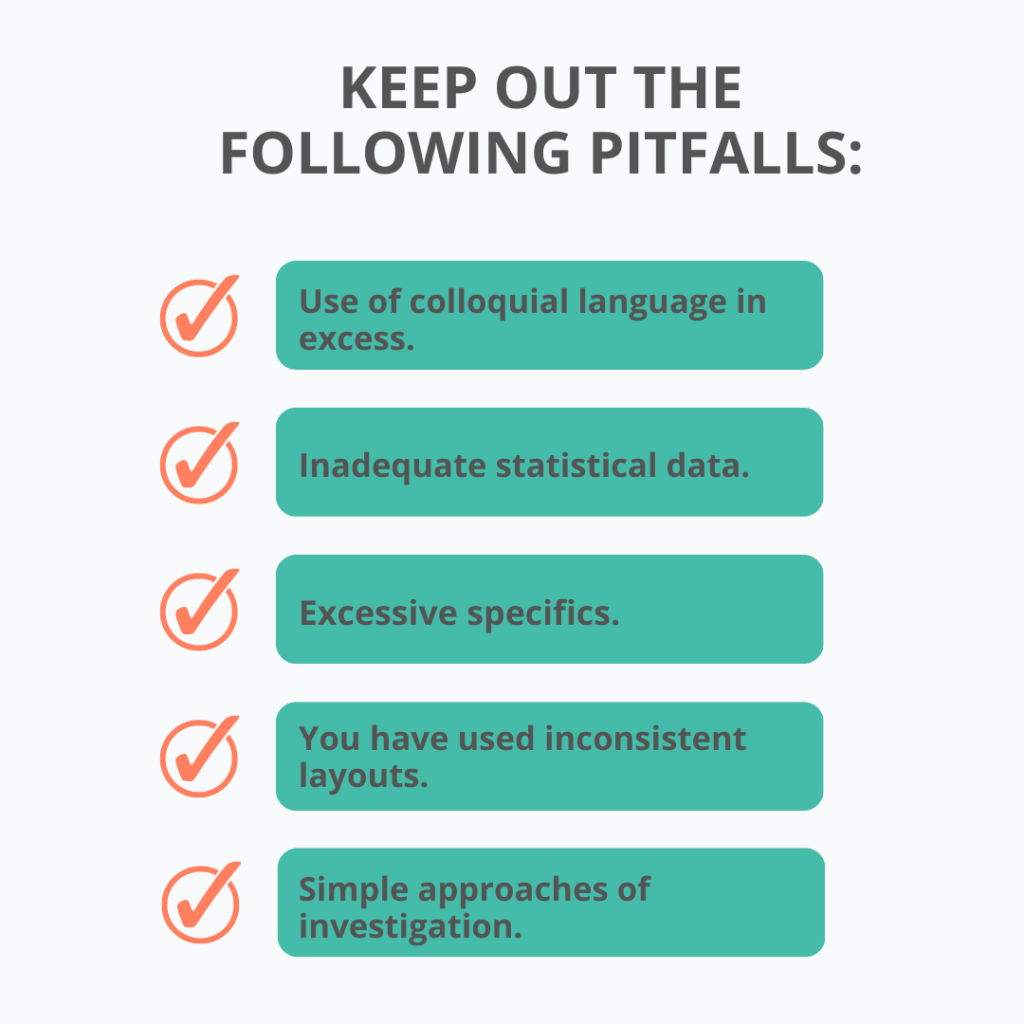Case studies have been a vital element in education for decades. Schools like Harvard Business Schools have been building their educational activities precisely by creating and presenting case studies since 1910. A case study analysis is a type of paper that examines situations, events, places, or persons to conclude. Do you want to boost your skills for delivering a great analysis? Continue reading to learn how to write an analysis of a case study. We will also provide you with valuable tips for writing the study in a proper format.
What is a Case Study Analysis?
The case study analysis aims to analyze the case when the writer presumes a role of an advisor or manager who needs to resolve a problem. When asked how to write case study analysis, you must think of the standing in the organization and make recommendations for overcoming the problem. Your question needs to be supported by facts from collected sources such as documents, archived records, interviews, observations, and physical shreds of documentation.
Dichotomy Between Research Papers and Case Studies
A research paper is a type of statement that is very pervasive. Writers must locate information based on a clear-cut topic (i.e., conduct research), take a position on the motif they chose, and support that position in an organized report. A research paper can also refer to a scientific essay that contains original research outcomes or an evaluation of previous research. Most scientific writings must be peer-reviewed before being published in a prominent journal and later used for a citation.
On the other hand, a case study is an analytical method for studying an actual concrete or imagined scenario. It describes events and provides an answer or determination of the challenges organizations, institutions, and companies face in their work. This part of the final project aims to introduce a student to organizational matters they have yet to have the opportunity to encounter. Such studies can make a difference and prevent the class to cheat in college, of which you can also find more details about online.
Types of Case Studies
Depending on the point, all studies are classified into critical analysis, outlier cases, and local knowledge cases.
- The researcher selects material cases because they are particularly interested in them or their circumstances.
- Extraordinary cases are destined because they differ from other events, organizations, or situations. Social scientists recognize that we can pick up a lot from things that are out of the ordinary.
- Finally, researchers may decide to conduct a local lore case study after gathering valuable feedback about a particular centrepiece, person, organization, date, or event.
Essential Steps in Writing a Case Analysis
You must understand the case before asking how to write a case study analysis. Before beginning the steps below, elaborate on the case and make remarks. Analyzing the piece several times may be necessary to fully comprehend the questions confronting the group, company, or industry. Identify the key points, main players, and most essential facts. Focus on them. Once you’ve mastered the practical material, follow the step-by-step instructions below to begin working.
Case Study Outline
Before you begin anything – a literature review or even a conclusion, you should organize an outline. It not only simplifies your task but also improves the organization of your paper. You could sit down, come up with a good title, place all your thoughts, and figure out which formatting effect will guide and improve your assessment.
Step 1: Initial research
Check and analyze critically.
- Please list numbers and similar ideas that could be quoted and highlight them.
- Concentrating on the investigation
- Please select as many paper topics as possible and briefly note their underlying matters. Select the most suitable so that you can make a choice.
Brainstorming
- Delineate a potential explanation for each of the complications you discovered. Here, course readings and outside research will be used. Make a note of your best and worst outcome for future reference.
Step 2: Prepare the Summary (Introduction + Background).
Deliver a general overview of the condition and its history.
- Name all of the issues you intend to review.
- Show the hypothesis that was used in the issue.
- Describe any assumptions that emerged during the examination.
Case Breakdown
- Express the detected matters in greater detail.
- Indicate their relationship to the matter and the impact on the writing case.
- Explain why disputes arose and continue to exist.
Recommendations Provided
- Put things in illustrative and feasible perspectives, like in Toulmin model essays, to your outlined problems in ascending order of importance.
- Explore and explicitly indicate the expected results of such modifications.
- Allocate deposition for understanding and backing up your chosen solution (i.e., textbook readings, an article helpful to discover the professional experience of famous companies, and other external research).
Considerations
- Designate the methodologies needed that makes your view stands clear.
- Suggest who is in charge and the plausible timeline for execution.
- Recommend the subjects for further investigation and oversight of the assignment.
Step 3: Complete the Case
Essay topics, like any other piece of writing, necessitate a rough draft’s post-editing. Scrutinize it, looking for inconsistencies and gaps in meaning. You aim to make the conclusion paragraph appear finished, precise, and convincing before the end of the presentation.
Preparing the Study
Your professor may assign you various studies, or they may assign you unique essay topics. You must first read the case study to conduct a thorough data segmentation. This may appear to be self-evident. However, you’d be surprised how many students don’t give this segment their full attention. Even if you buy case study paper, go through the case study carefully, preferably multiple times. Highlight, underline, and flag significant information, and take notes to refer to later as you write your report.
Examining the Situation
You need to conduct case study research. When conducting research, you must do the following:
- Collect hard, quantitative records (for example, 67% of the staff attended the meeting).
- Create research tools like questionnaires and surveys (this will aid in gathering data).
- Determine and recommend the most distinct and workable solutions.
Finally, keep your research current. Keep in mind that you are looking for intelligence pertinent to today’s world and its challenges. You must seek out modern solutions to the given subject or get a custom essay help to solve your topic and get a better result.
Structure and Format
To define how to do a case study analysis, you must first get the big picture about the case study format, which can have up to eight or more parts. The following is an essential generalized formatting guide:
| The Executive Summary / Introduction: | This first section provides the interested audience and the common people with an overview of your case study’s deconstruction and findings. Recapture to include a thesis statement. |
| Background Process / Literary Review: | You can write this section’s most substantial facts and differences. |
| Approach / Observations / Debate: | In the following pages of the main body, you can concentrate on a cumulative case, including your opinion. These may need to be written in separate blocks at times. |
| Insights / Suggestions / Execution: | Discuss your paper topics, why they are appropriate, and how your proposed solutions can be implemented. The workarounds will include realistic and achievable ways for improving or dealing with a related situation. Testable evidence may be included to back up your potential policies. |
| Conclusion: | Offer the readers a summary of introductory statements pointing them out in a persuasive speech. |
| Citing or citations: | The references or bibliography will appear on its page and include all the primary and secondary sources of information used and consulted in academic writing. They will be listed by the specific citation style required by your school or instructor, such as MLA, APA, Chicago, etc. |
| Appendix (if directly relevant): | There may be content that is too ‘bulky’ (e.g., raw records, graphs, images, notes) to present anywhere throughout your work, so this subsidiary specimen might also go in the annexure. |
Please flashback to the fact that only some higher education institutions insist on the above case study analysis format. They may only require some of these sections or request them in a particular sequence, so always consult guidelines to verify the necessary layout before starting production.
Before You Start Writing
Typically, it is convenient to begin by providing an appropriate case study topic. It should be interesting and pertinent to your field of study. After you’ve decided on a topic, you must choose an appropriate case study. In your search for a real idea, you should keep out the following pitfalls:

- Use of colloquial language in excess. Even though it is a case study, it should sound properly and adequate. Therefore, watch your grammar and language.
- Inadequate statistical data. Deliver and summarize all credible and reliable records in percentages and numbers.
- Excessive specifics. Instead of drowning the reader in facts, state only the most important analyzed ones.
- You have used inconsistent layouts. The theory includes a minor role in an assigned case study, so you must develop a detailed methodology.
- Simple approaches of investigation. You must create your research approach, such as questionnaires and surveys, in whatever format best suits your exposition.
A few informative articles and examples learned from experts will help you write essay topics and make a difference. After all, a sample case study report can provide context for how to approach each aspect of your paper. Therefore, you can hire a case study writing service if you need help with how to create it independently. It will make your life easier.
Concluding the Case
Writing a case study analysis can be intimidating, especially if you need more expertise and some limitations to overcome. Remember that you can do it if you plan ahead of time, stick to the methods and theories outlined here, and study relevant examples.




